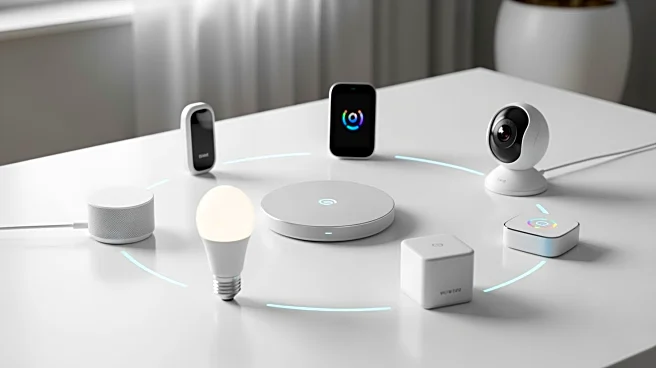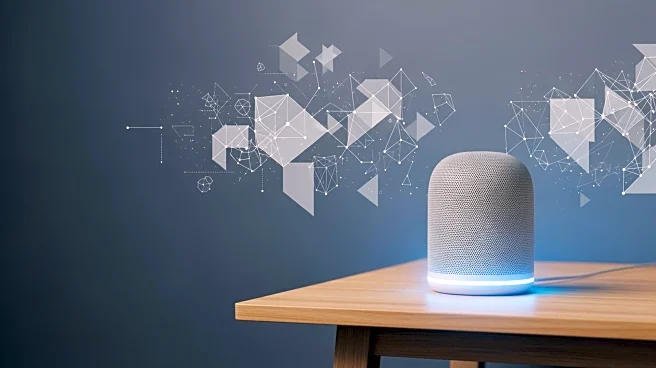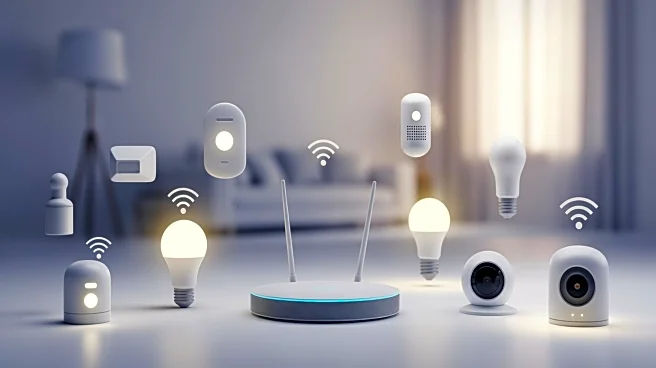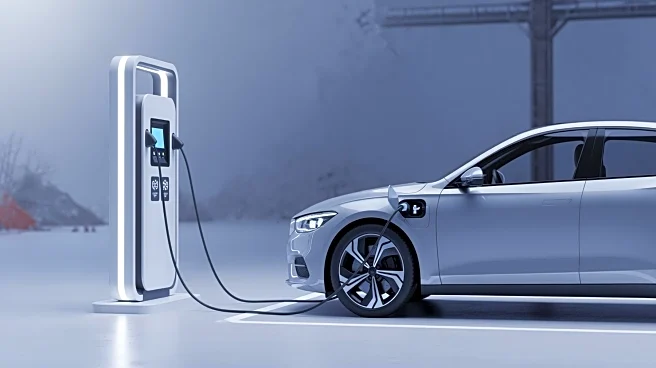What's Happening?
Ikea has announced a new line of affordable smart home devices compatible with the Matter standard, set to launch in the U.S. in January. The new products include smart bulbs, remote controls, and sensors,
all designed to work seamlessly with any Matter-compatible ecosystem. Ikea's Dirigera hub has been updated to function as a Matter controller and Thread border router, enhancing interoperability. The new devices aim to replace existing Zigbee products, offering improved features such as better color options and increased brightness for smart bulbs. The introduction of these products marks a significant shift towards a more open and user-friendly smart home environment.
Why It's Important?
The launch of Ikea's Matter-compatible devices represents a major step forward in the smart home industry, promoting interoperability and ease of use. By offering affordable options, Ikea is making smart home technology accessible to a broader audience, potentially increasing adoption rates. This move could disrupt the market by setting new pricing standards, challenging other manufacturers to offer competitive pricing. The integration of Matter ensures that consumers can mix and match devices from different brands without compatibility issues, simplifying the smart home experience and encouraging innovation across the industry.
What's Next?
Ikea's new smart home products are expected to arrive in the U.S. in January, with further expansions planned for April. As these products become available, consumer response will likely influence future developments in the smart home market. Other companies may follow Ikea's lead, adopting the Matter standard to enhance compatibility and user experience. The success of Ikea's new line could also prompt further investment in smart home technology, driving advancements in features and functionality.
Beyond the Headlines
The adoption of the Matter standard by Ikea highlights a broader trend towards standardization in the smart home industry. This shift could lead to long-term changes in how consumers interact with technology in their homes, fostering a more integrated and seamless experience. Additionally, the focus on affordability and ease of use aligns with growing consumer demand for accessible and intuitive technology solutions.











